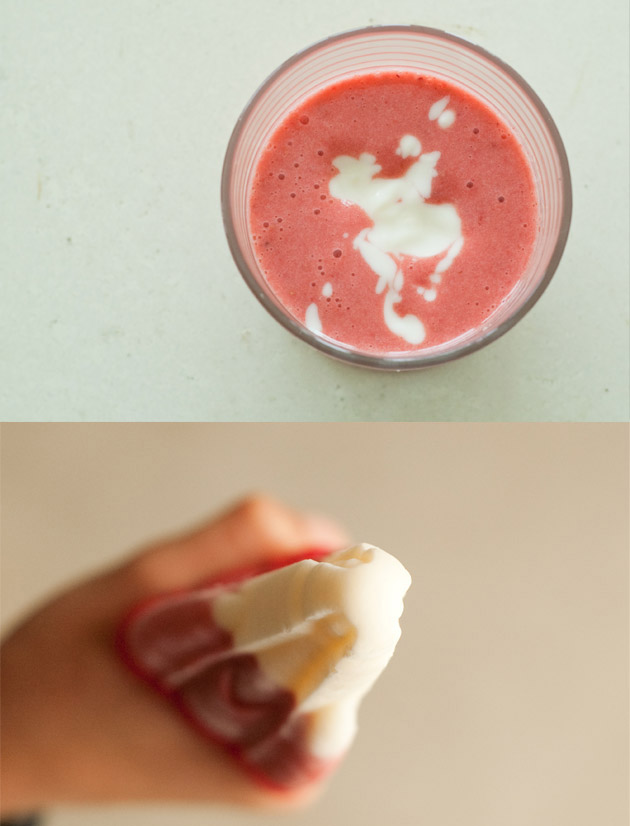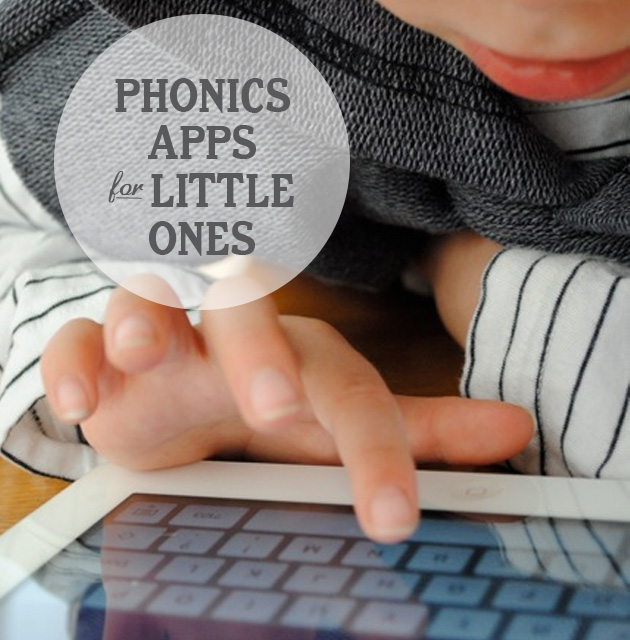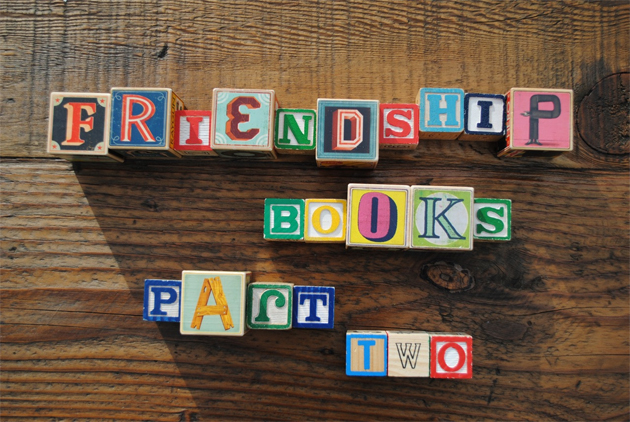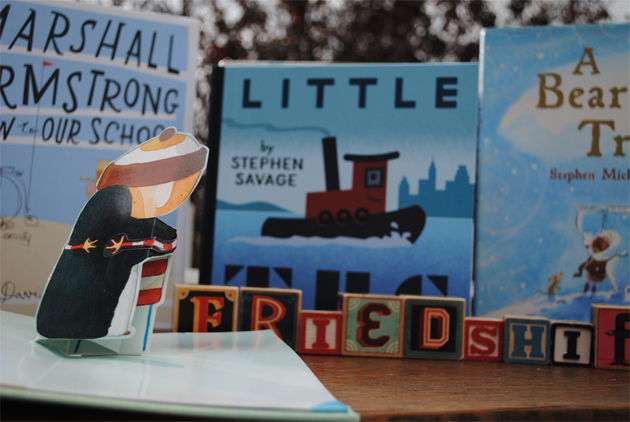Child’s Play: Organizing One Toy at a Time (Part 3)
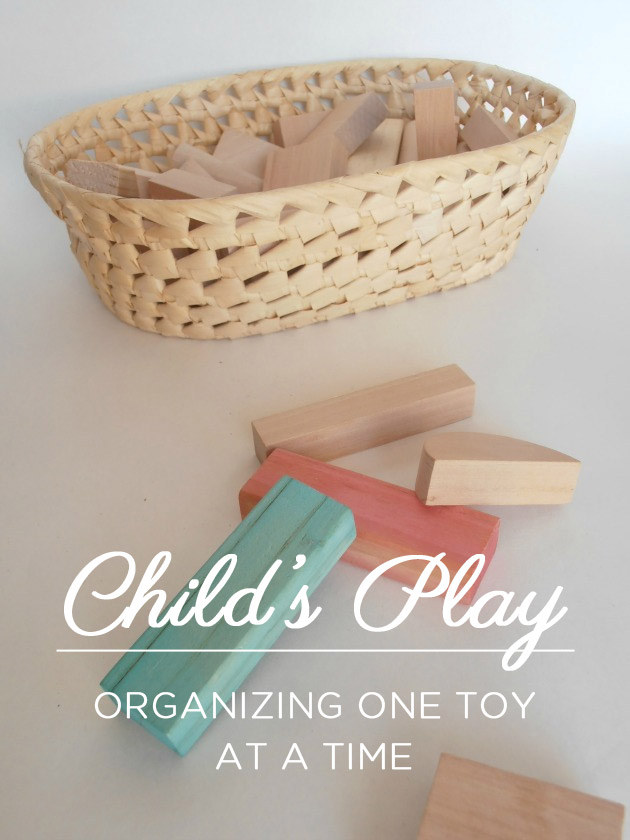
Adrienn is with us today to share some more simple tips for keeping toys organized and engaging for the little ones in our lives…
“Organizing is a skill, in fact a remarkably simple skill that anyone can learn. It is sustainable if your system is build around the way you think and designed to grow and adapt with you as your life and work change.”
– Julie Morgenstern
In today’s post I invite you to take a closer look at the organizational systems you have created. I truly believe that in our fast paced world this is one of the most significant lesson sto be learned. Wouldn’t it be wonderful if we could pass this skill on to our kids? Teaching them not only how to get and stay organized but also how the whole process works? I understand that it can sound a tad complicated or even daunting.
But fear not, is is simple as 1-2-3. All we need to do is show/ learn along side them how to organize their belongings.
This 3 step method will guide you confidently through the process of providing unique solutions for your child’s individual organizing style.

1. Set up customized systems that suits you both…
A. Examine how they are using their play area and storage spaces during the day and ask yourself these questions:
Time management:Where do they spend the majority of their time? How long does getting a certain toy out take? How long does clean up time last?
Feelings: Are they happy with it? Where do they show frustration? Where do they need your assistance? Does it speak to their interests? Does it inspire them to touch, use and eventually put back everything?
Functionality: Which toys are left out or not played with at all? Is it convenient to use? Is it placed too high or too low?
Jot down your remarks. For instance, I noticed a couple of days ago that the way we store our books (by color) is maybe not suitable for all of them. My son likes one of my big nature books and loves to flick through the pages, but it is huge compared to his other books and he has difficulties with taking it from the low shelves. It got stuck and the other ones were in the way.
B. Plan how you can change the problem areas with some simple solutions. For example, putting the nature book in a basket with some stones and other objects found outside, along with a toy camera provided my son with a fun play experience in the afternoon.
C. Execute Imperfectly (at first) Don’t go for the impeccable solution. I could have looked for a wooden tray or a smaller basket, instead I just grabbed one from under my desk, quickly tossed in the materials and I was ready in 3 minutes. You will have plenty of time to fine tune it in case it becomes child approved. For now taking action is all that matters.

2 . Describe and demonstrate…
Make a mental shift. Instead of clean up time name it construction time. Explain that you are setting it up for the next play session. As it becomes not the end, but the beginning of each activity, the joy factor will grow significantly. Don’t forget to explain from the start where to put each toy and why it is important to clear them away. They should understand from early on the basic principles of organizing: everything has a home and to put like with like.
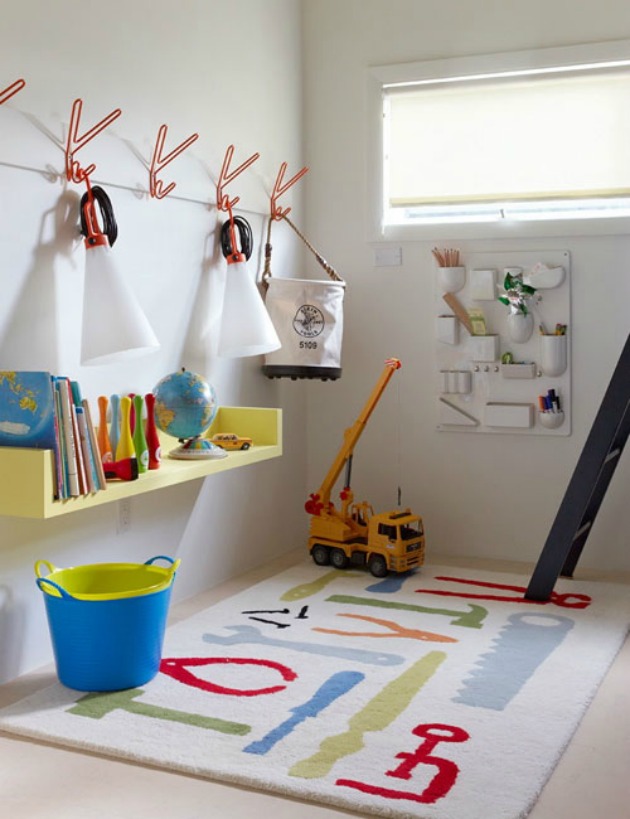
3. Encourage Participation…
Start by instilling responsibility and name your child “The Chief of Toy Management.” Communicate clearly that you are helping them, not the other way around.
A. Step back As soon as they are capable, let your child put the toys back on his own before naps and each night. Skip bribing, punishments, and treats. A simple :”You worked really hard to get all the toys in the toy box” is more than enough. If he can’t handle it on his own, try to take some toys out of the rotation so the sheer quantity doesn’t overwhelm him.
Keep in mind that even if we find the best systems or the cutest basket, if our children are not on board, sooner or later the chaos will seep back in. Let your child’s true nature be at the forefront when organizing and you will be able to teach them one of life’s most important lessons while creating a tidy environment where they can relax, play and learn.
If you are interested in discovering more practical tips for creating inviting spaces for the children in your life, check out our Playful Learning Spaces online class…




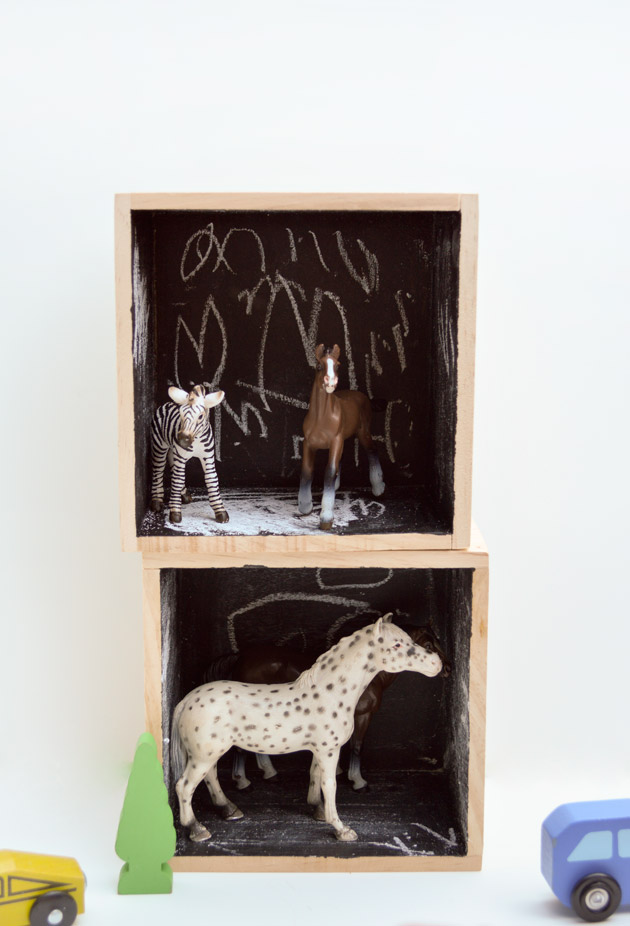
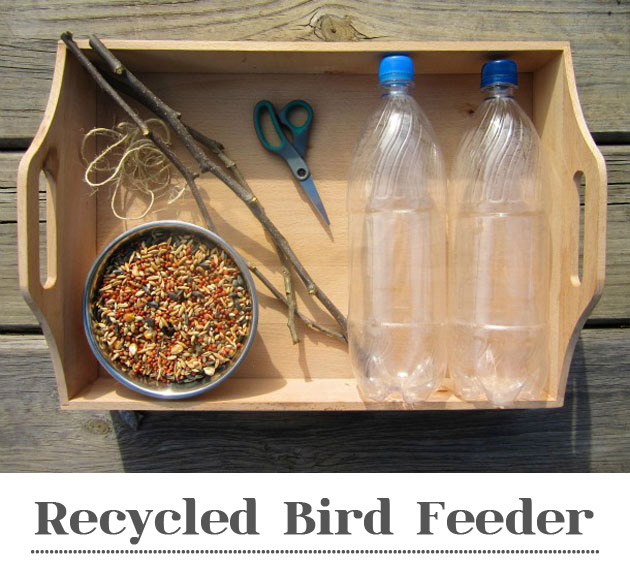
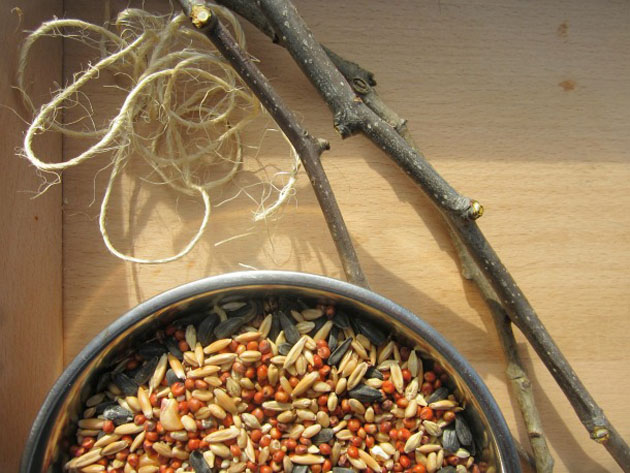
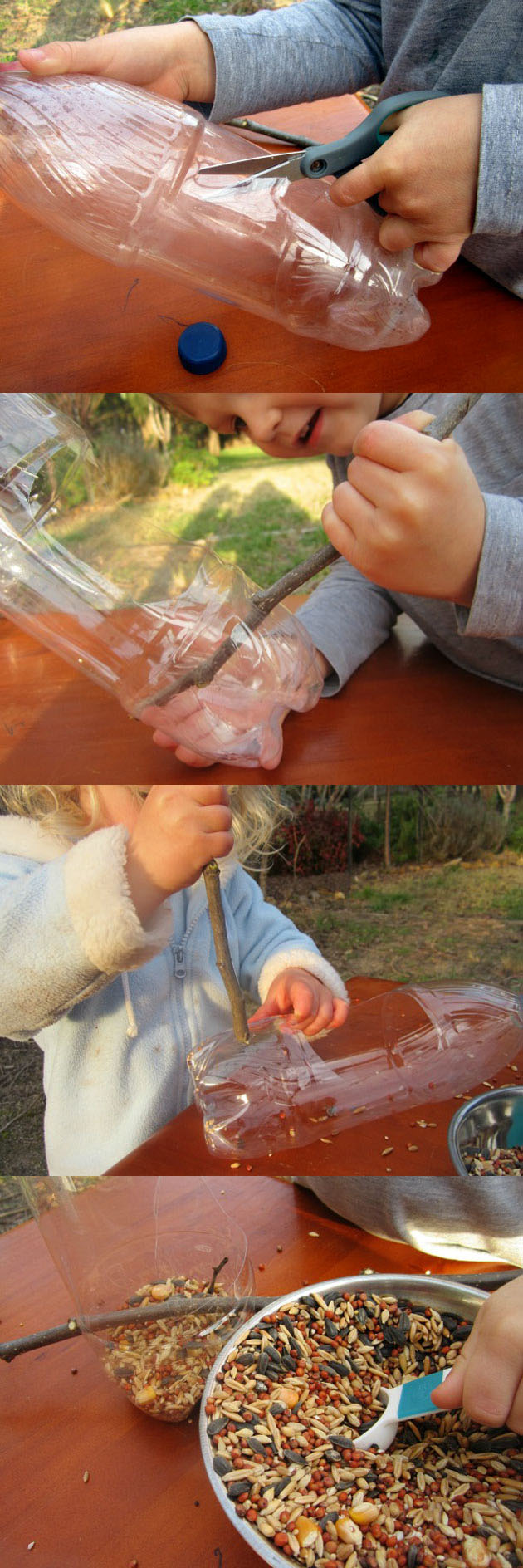
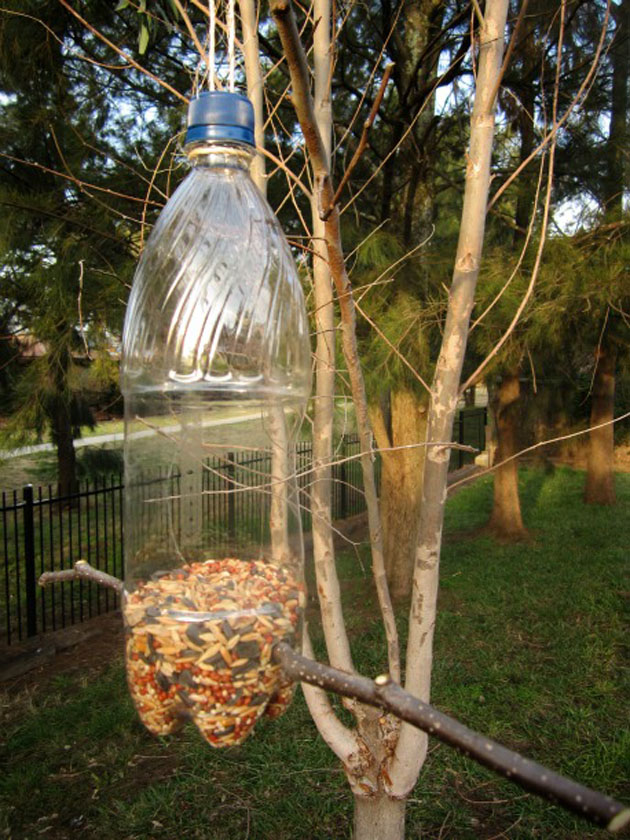
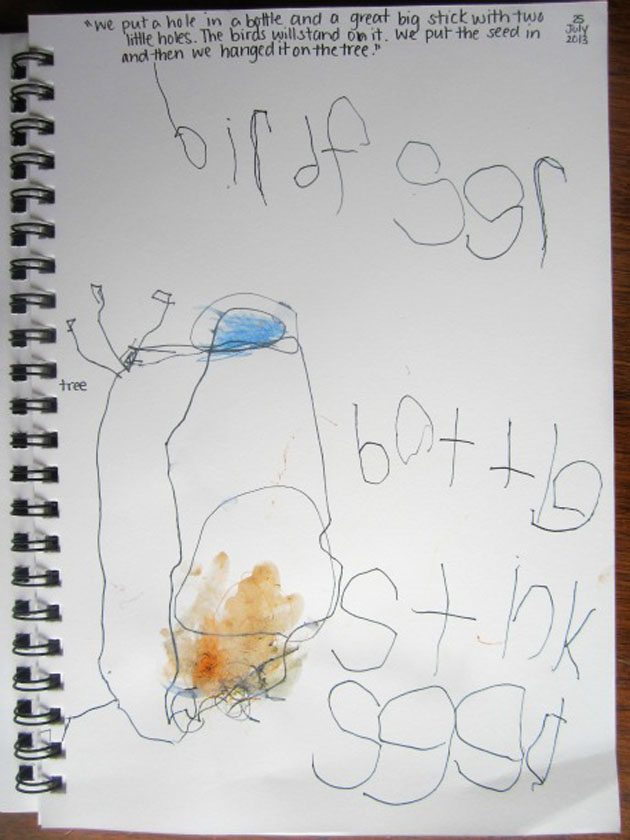


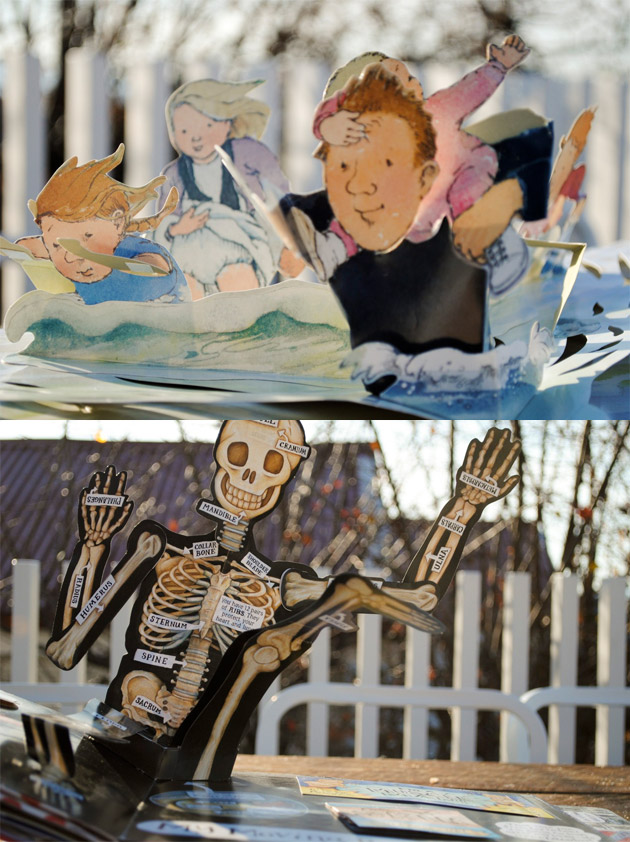
 Emma from
Emma from 